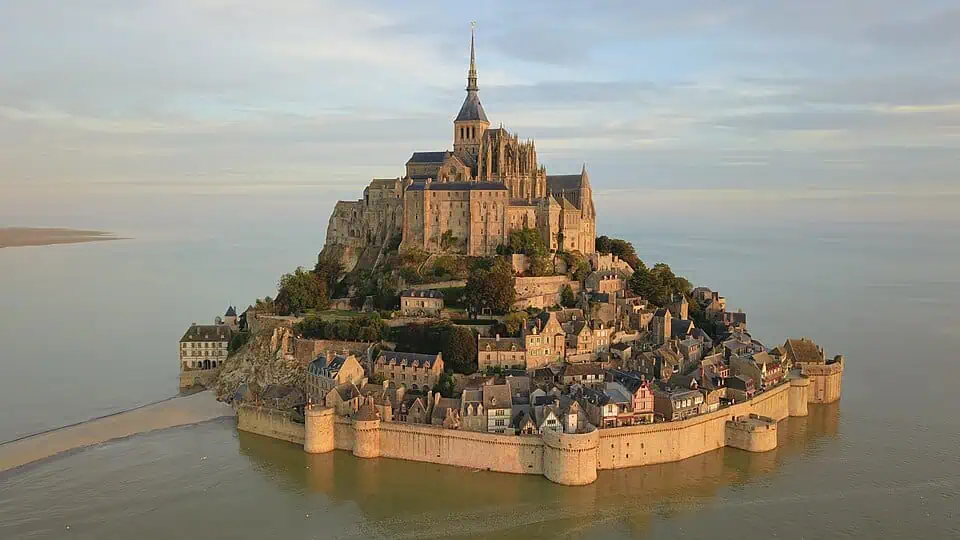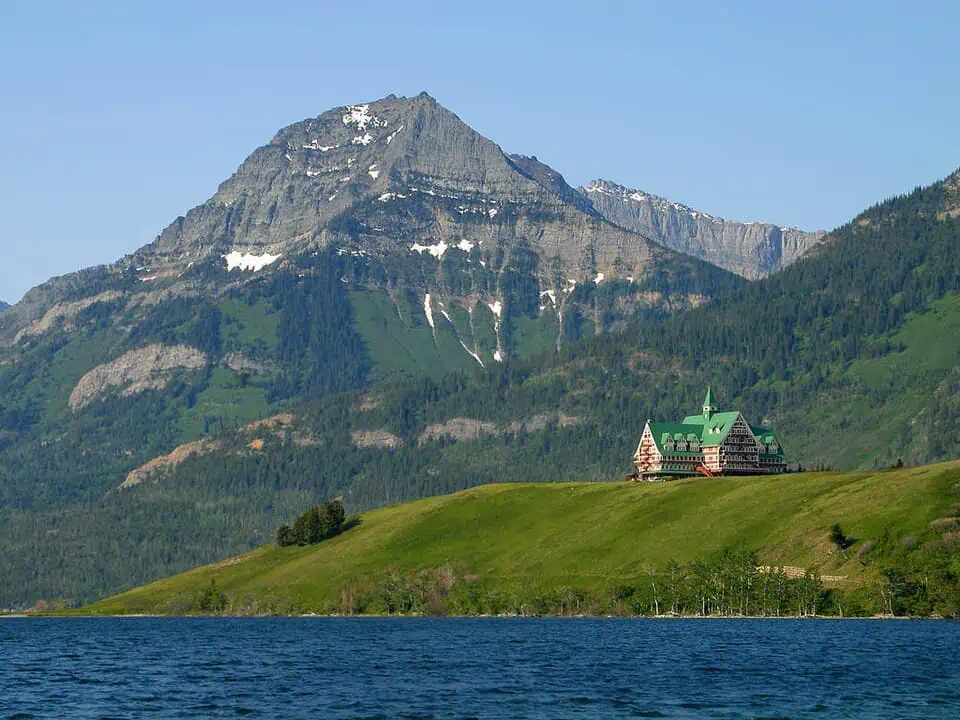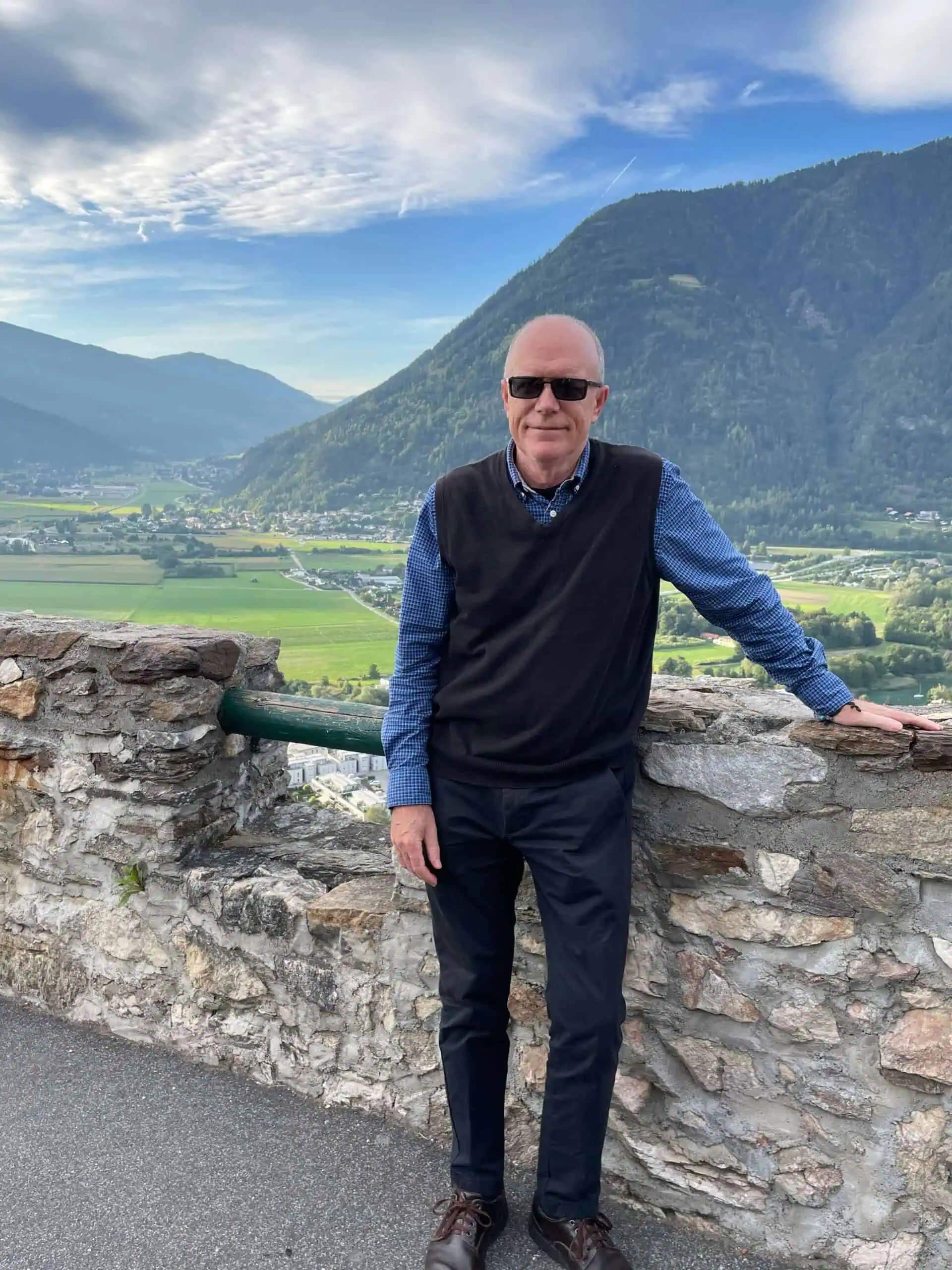Through UNESCO designations like World Heritage Sites and Biosphere Reserves, our national parks are part of a global network of protected places.
The National Park System is not just “America’s Best Idea.” It’s part of an international movement. As countries conserved their most spectacular places in national parks, they started working with the United Nations in the 1970s to create new international designations. Today, many national parks here and abroad are now recognized by the UN Educational, Scientific and Cultural Organization (UNESCO).
What does UNESCO have to do with parks?
The UNESCO programs are about the places we treasure and stories we cherish that can be elevated by international recognition and cooperation—not only here but around the world.
In fact, the World Heritage Program focuses on Outstanding Universal Values of nature and culture of monuments; cultural sites and natural and scenic areas; and the shared values that define us and bring us closer together.
The World Network of Biosphere Reserves includes parks but puts a premium on places where people live and work to closely connect us to nature’s beauty and benefits. These are networks where America’s Best Idea can be shared with the world and the world’s best ideas shared with us. What could be better than working to preserve the places and stories we are proud of and learning about places that inspire pride in other countries? Going to see these places, of course!

Blaze a Trail to Glacier
Honors seem to follow the best of the best. This year’s winner of the Parks Madness contest, Glacier National Park, is also a World Heritage Site, Biosphere Region, and International Peace Park together with Waterton Lakes in Canada. But Glacier NP is only one part of the Crown of the Continent region straddling the U.S., Canada, and Indian reservations and vast tribal ancestral lands.
Here, in 2023, the Blackfeet Nation released a herd of bison back onto their ancestral lands, marking the first time in 150 years that this culturally important animal and ecosystem engineer roamed the area. Take a horseback trail ride or set out on the Blackfeet Trail Tour, a self-guided route that meanders 70 miles through the Blackfeet Nation and includes 15 sites. Or you can drive Glacier’s majestic Going to the Sun Road (be sure to get your timed entry vehicle registration this summer), hike, camp or fish on the North Fork Flathead River in the National Forest, or venture into Canada and Waterton Lakes National Park.

Be A World Class Visitor
Chances are there is a Biosphere Region or World Heritage Site near you with 28 biosphere regions spanning the continental U.S., Alaska, Hawaii and the U.S. Caribbean—with mountains, lakes, rivers, deserts, beaches, coral reefs, and the local communities and lands in and around them. Visit biospherenetwork.org to learn more. The most recent of the 26 U.S. World Heritage Sites is the Moravian Church Settlements in Bethlehem, Penn., linked with three other settlements in Christiansfeld, Denmark, Herrnhut in Germany, and Gracehill in the United Kingdom/Northern Ireland, all known for their unique architecture. Learn more about the 26 sites in the U.S.
And that’s not to mention the hundreds of sites around the world to visit. While visiting a park or international site, extend the hand of friendship to your fellow world travelers from other countries. It sure wouldn’t hurt to improve our difficult relations with the world right now.

Cliff is an author and filmmaker who creates stories that inspire people to conserve our natural and cultural heritage. His credits include Mammoth Cave Biosphere Region – Water connects us all, one of a series he produced and directed in collaboration with the American University Center for Environmental Filmmaking. He has produced environmental education videos for middle schools and coral reef education and training videos for the recreational diving industry. Cliff also worked for passage of legislation in Congress to release the Voice of America coral reef documentary, The Fragile Ring of Life in the United States, a film about the worldwide plight of coral reefs. He recently concluded a 23-year career in the National Park Service. Cliff is the Senior Strategic Advisor to the U.S. Biosphere Network of 28 biosphere regions in the U.S. that work locally and globally to enhance the health and well-being of people and the environment.
A mule deer wanders out into the shallows of a small lake in Glacier National Park, Montana. (Photo by Jon Farmer-iStock)

